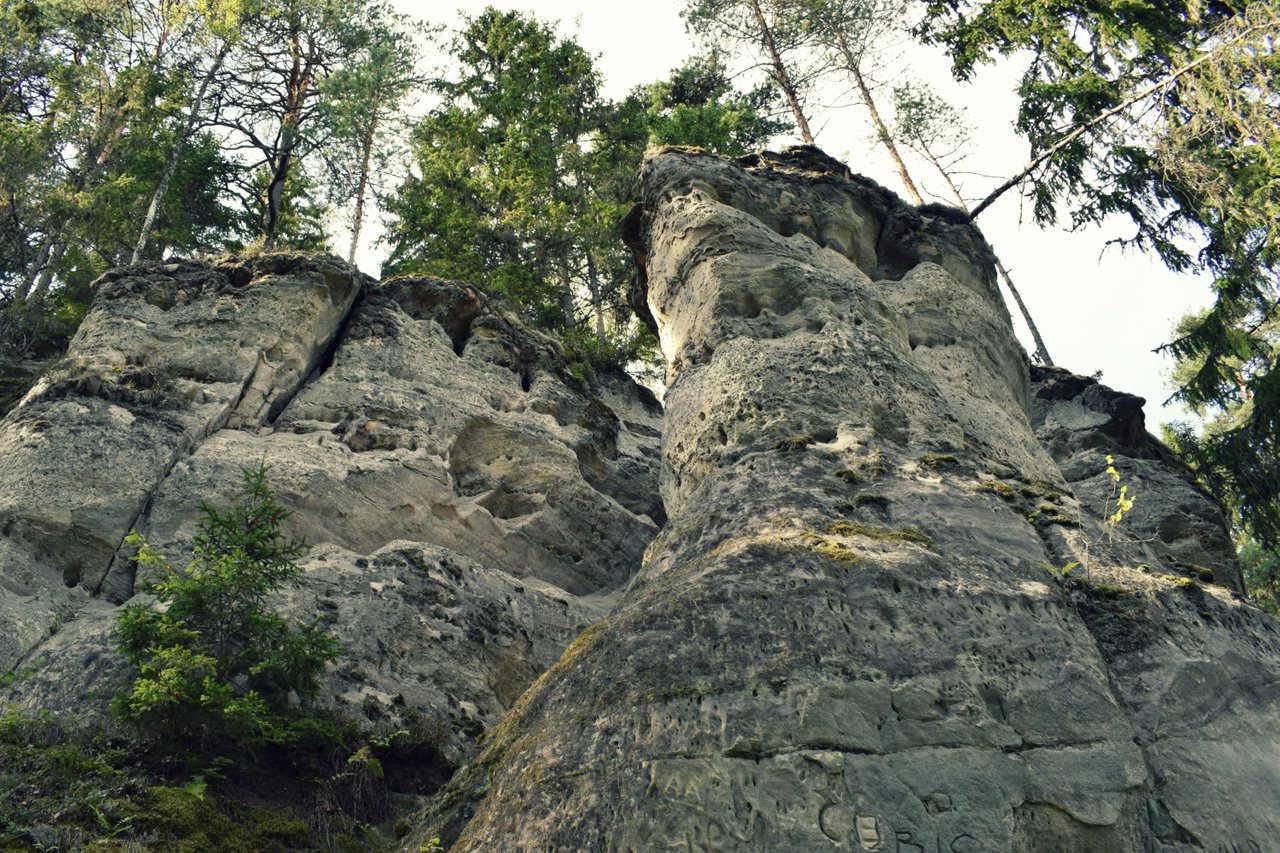
Wake me up when September ends! Time moves. Didn’t even notice where the last two weeks went. Fork.. erm.. forks and things on Steem. Hard to keep up, even when one tries. My excitement about Steemfest is growing day by day. Can’t wait to do all the exploring in the stranger land that doesn’t even exist on my map or in my imagination.
Until then I did a bit of local exploration together with friends. On the right bank of the scenic river Gauja sits the white sandstone outcrops called Sietiņiezis. One of the biggest in Latvia and the Baltics reaching up to fifteen meters high. Last time I visited the place I was still a kid and I have almost no recollection from that time. Strange how our memories fade after a while. In my mind, I imagined them a lot less significant in size.
Sandstone can be affected by temperature and water fluctuations. Sietiņiezis has changed a lot over time. One of the most recognizable sandstone arches is now collapsed. People are not much of a help either. Although it is forbidden to leave any markings on the sandstone, the whole surface seems to be riddled with them. Even at the highest, hardest to reach spots. Caveman instincts? Why is it so important for us to scratch those I was here messages? Because we are so important in the grand scheme of things? Silly. Even those markings will be swept away by time.
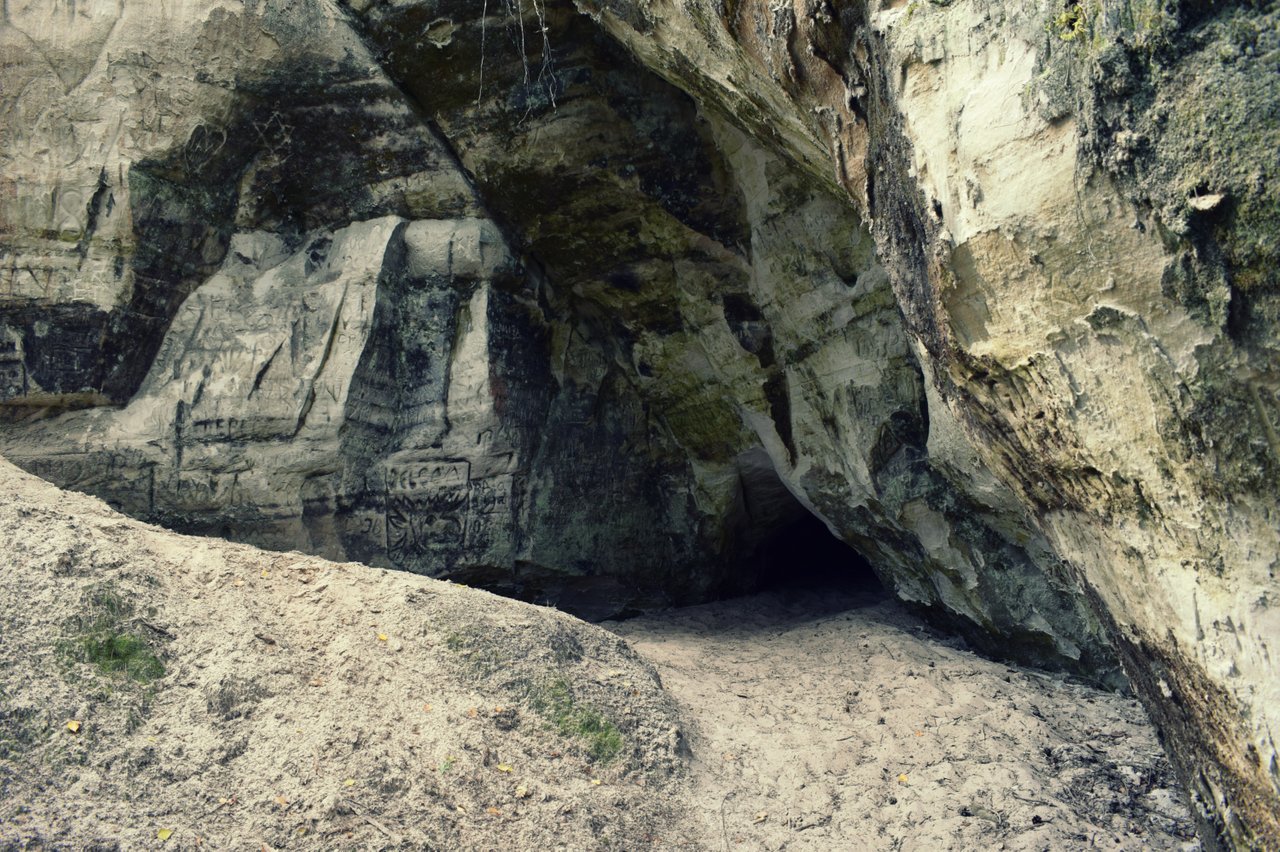
Velnala or Devil’s cave
In Latvian folklore, the devil is playing one of the central roles. In many folktales about how certain places came to be, it is due to the works of the devil. When people couldn’t explain the strangeness in nature, they were looking for some supernatural explanations. Sietiņiezis and Devil’s cave was home of the devil himself. One of the sandstone pillars is also named Devil’s heel. That is where the devil jumped across the river Gauja and went on doing his devilish deeds. Except sometimes it didn’t work out because of the roosters. Our devil somehow is always scared of the rooster singing. It is also one of the reasons why many churches in Latvia have metal roosters on top of towers. To keep the devil away.
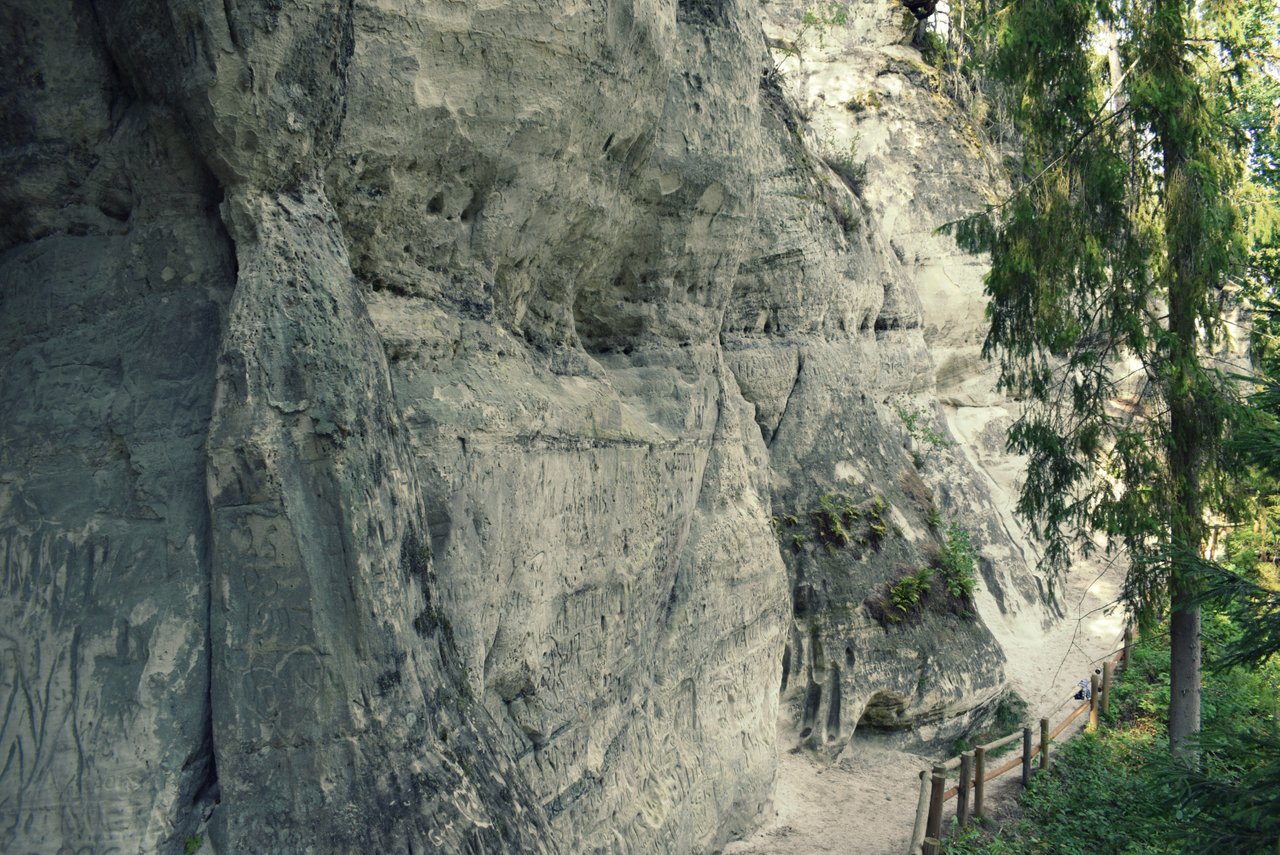
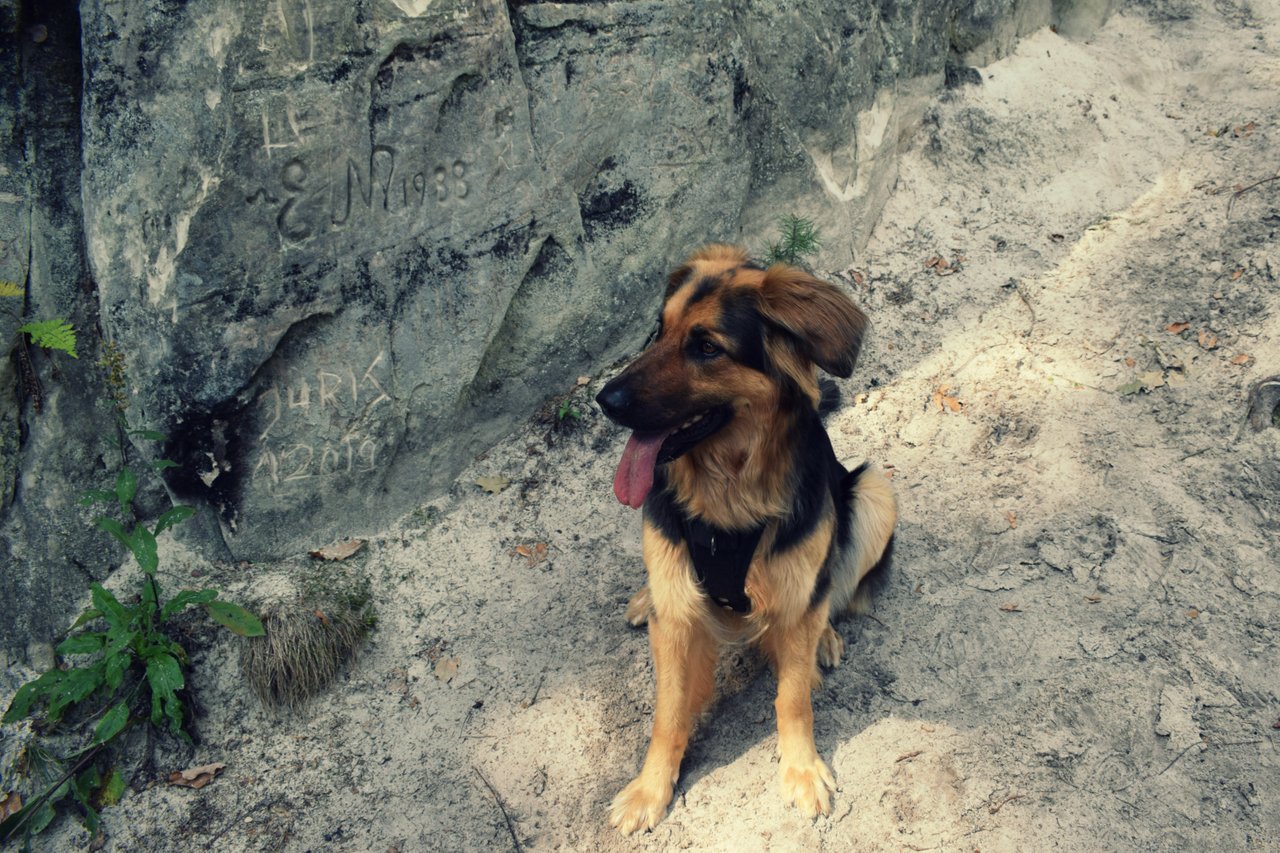
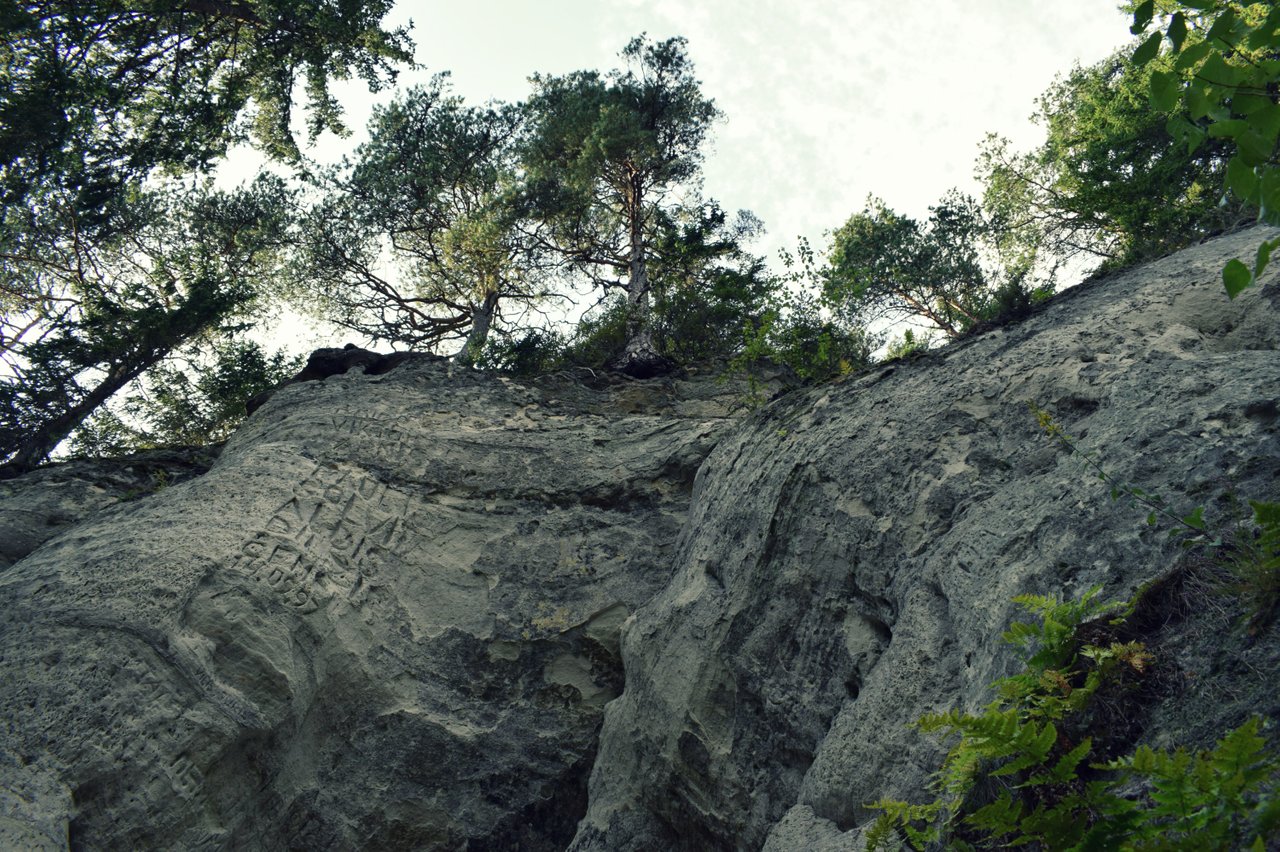
The scent of pine forest was in the air
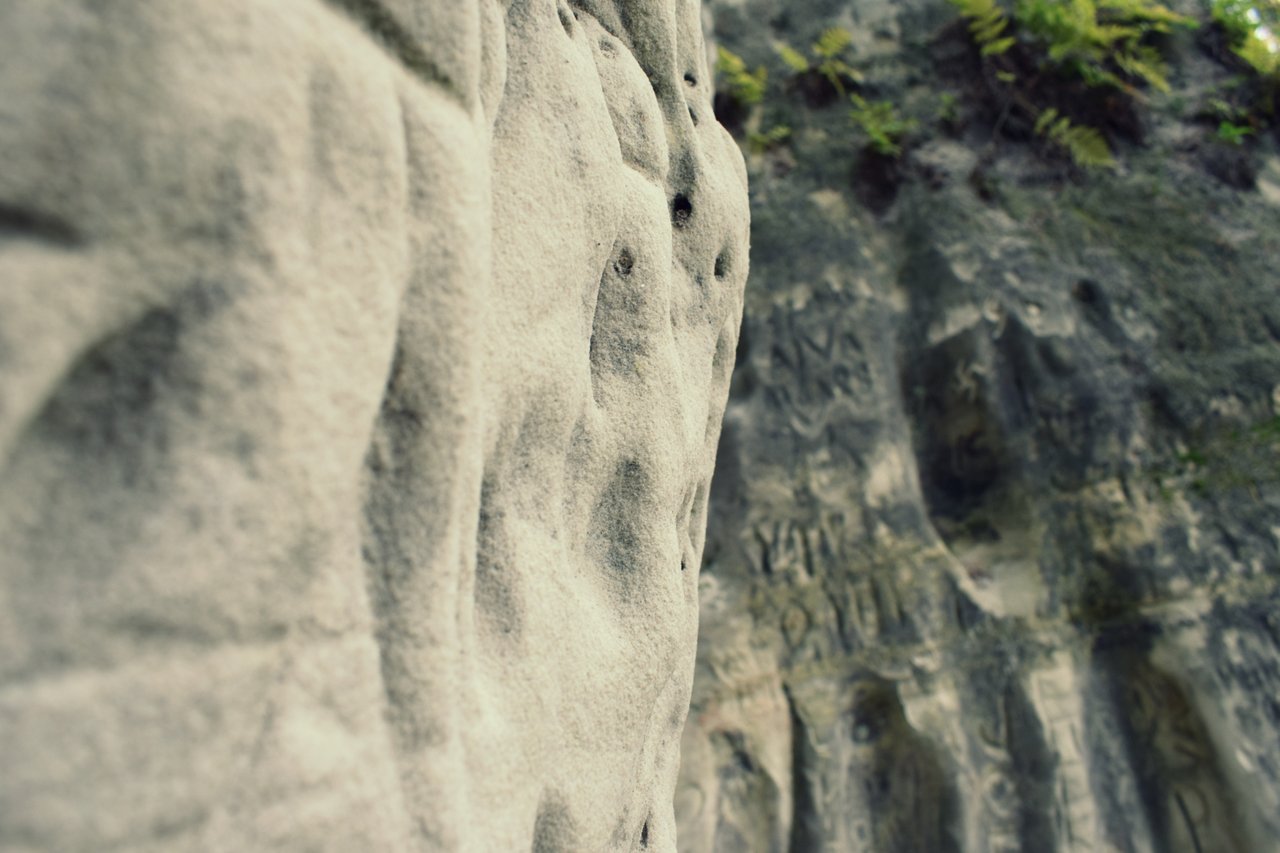
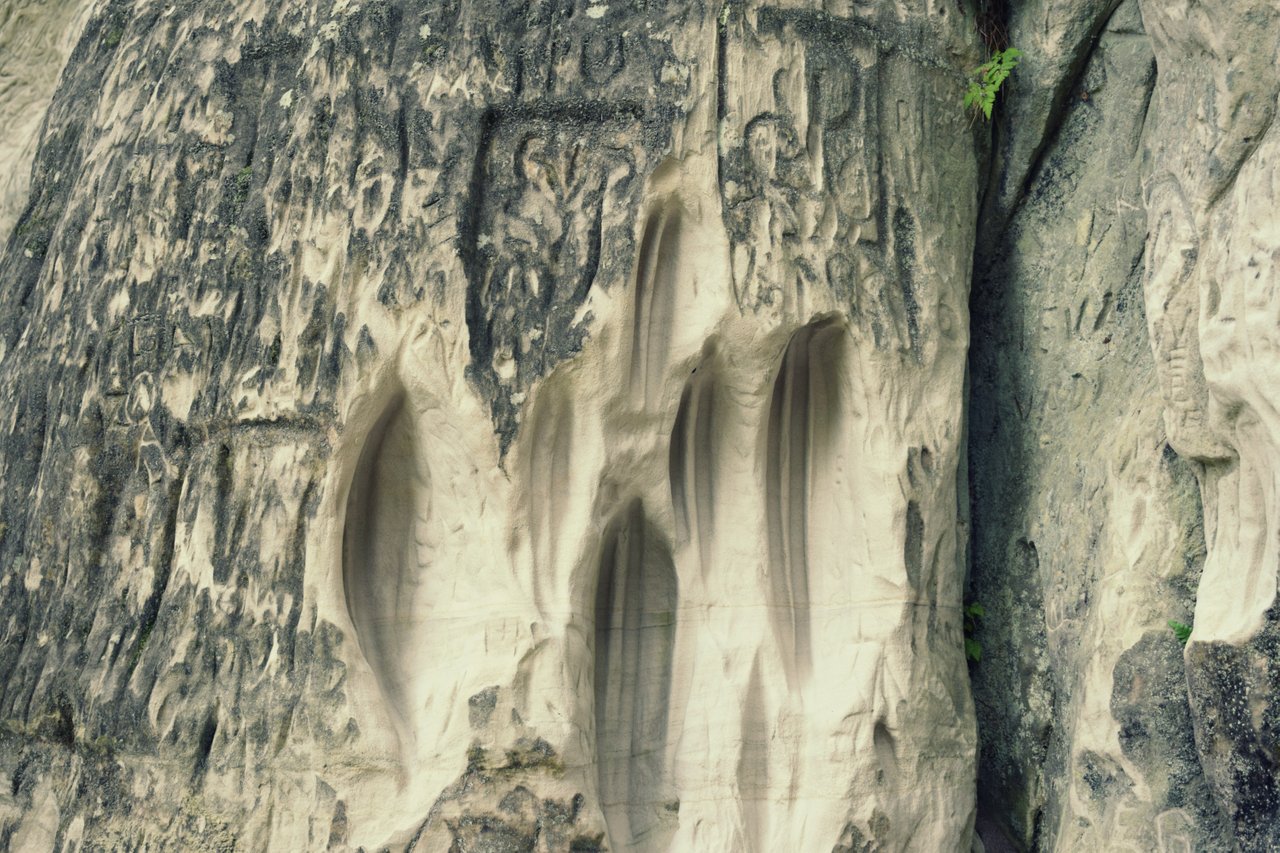
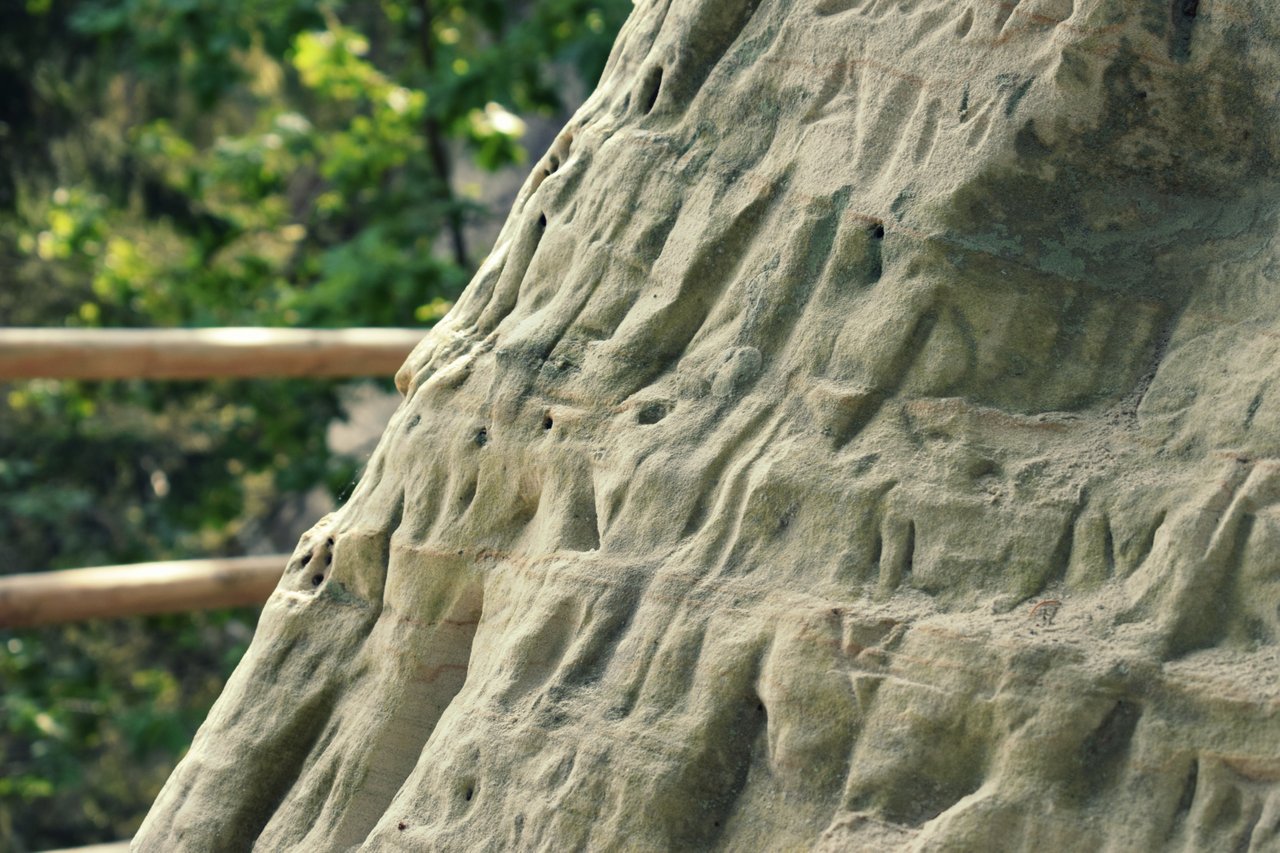
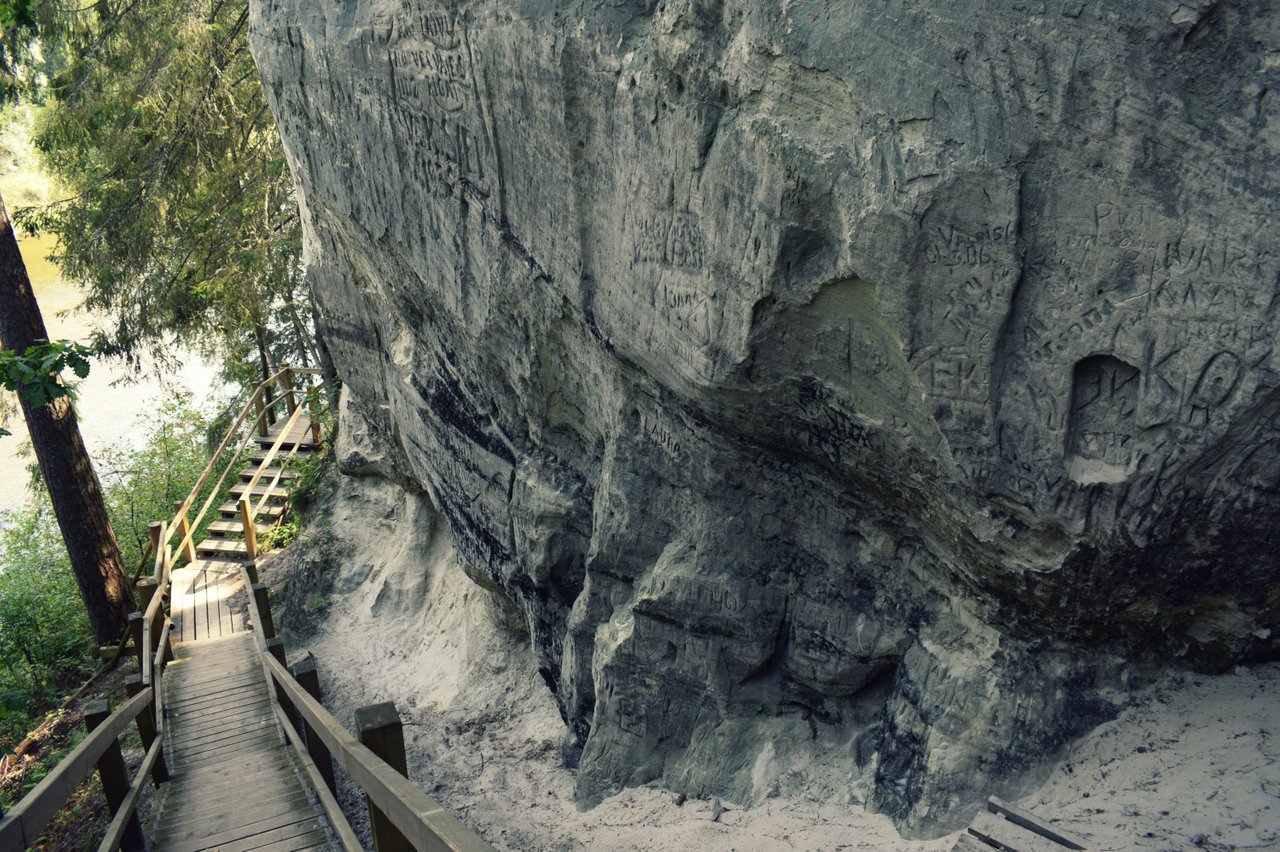
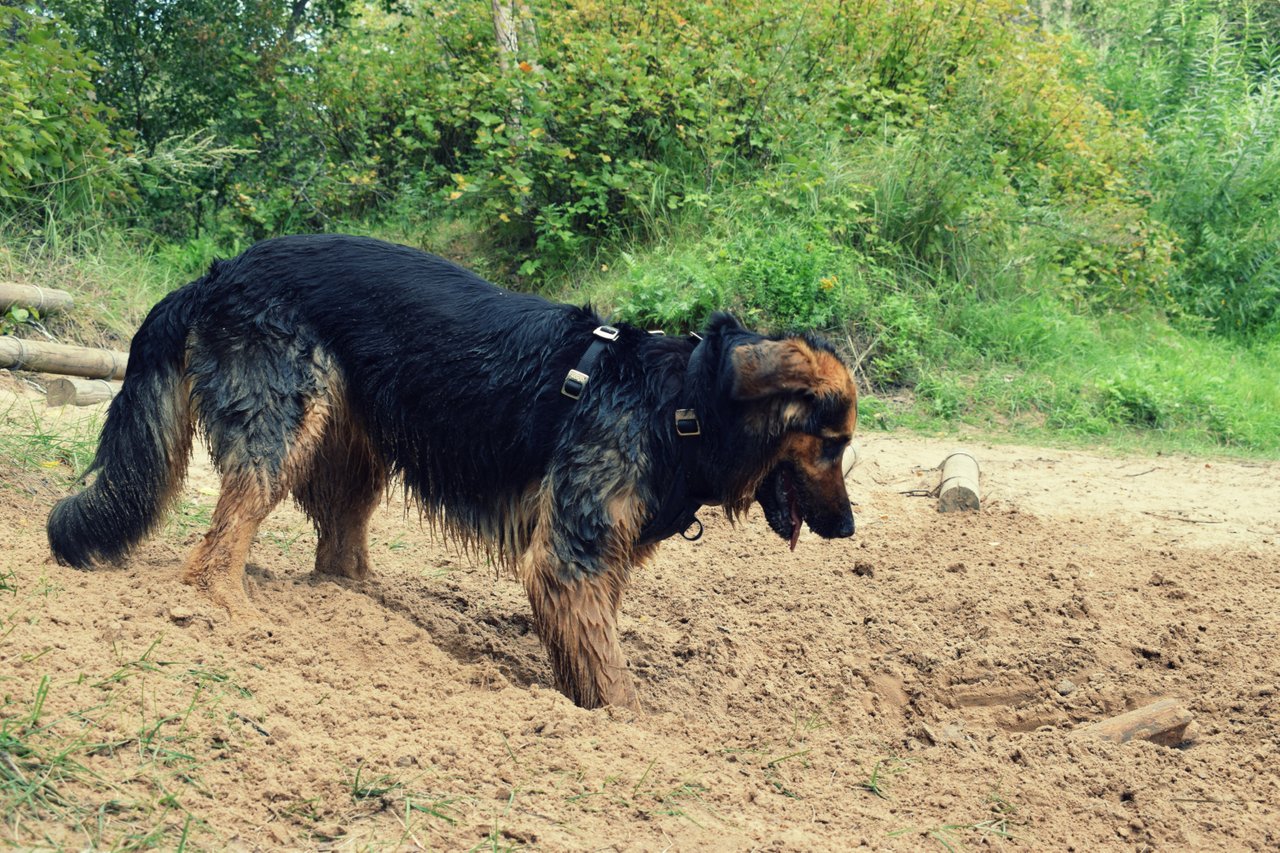
Rare sighting of the mud dog
You can find mud dogs anywhere by water. The mud dogs need to find an object to dig around. This fine specimen has chosen a piece of wood as the central focus. You might think she will hide the piece of wood in the ground as some dogs do with bones. Wrong! Mud dogs love the cooling effect of the ground so they just sleep the hole they have dug happily like this one while sharpening its teeth on the wood.
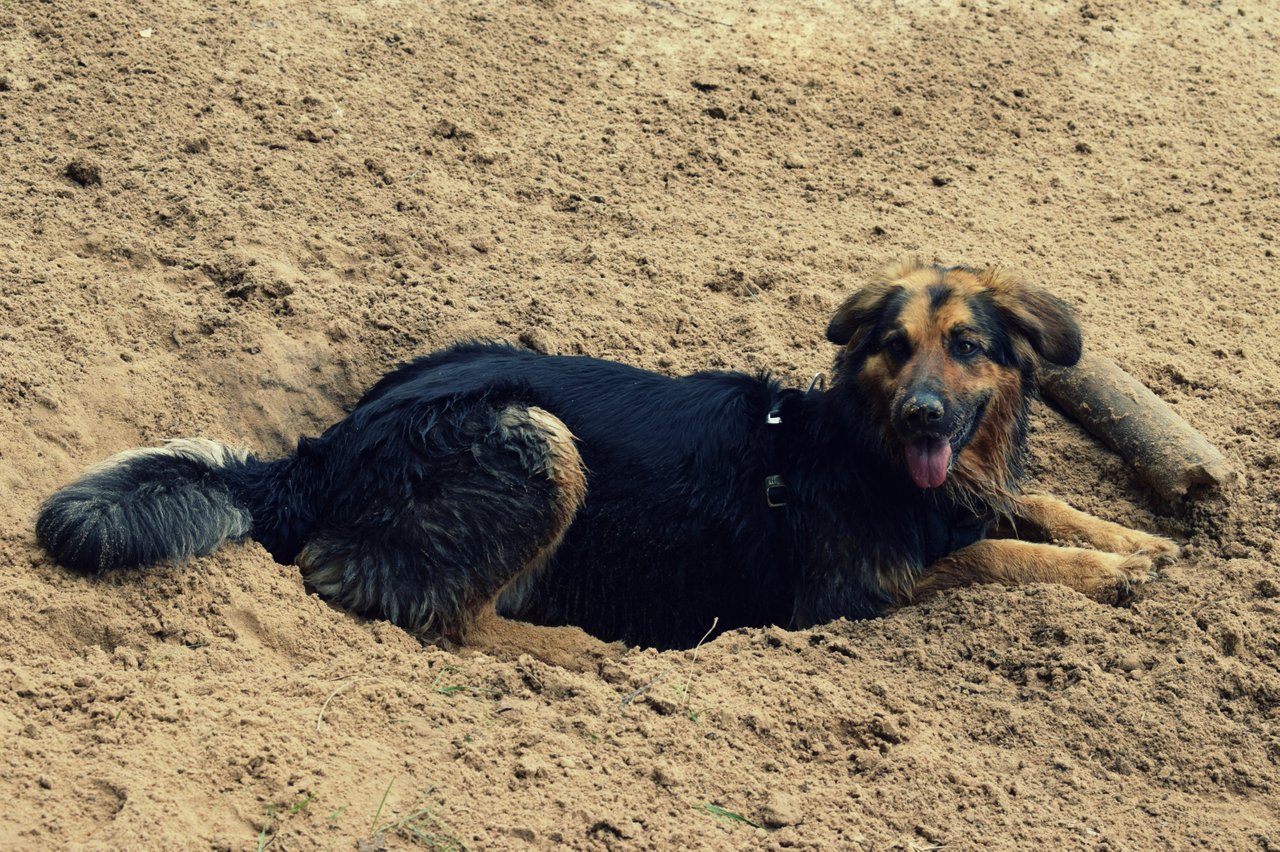
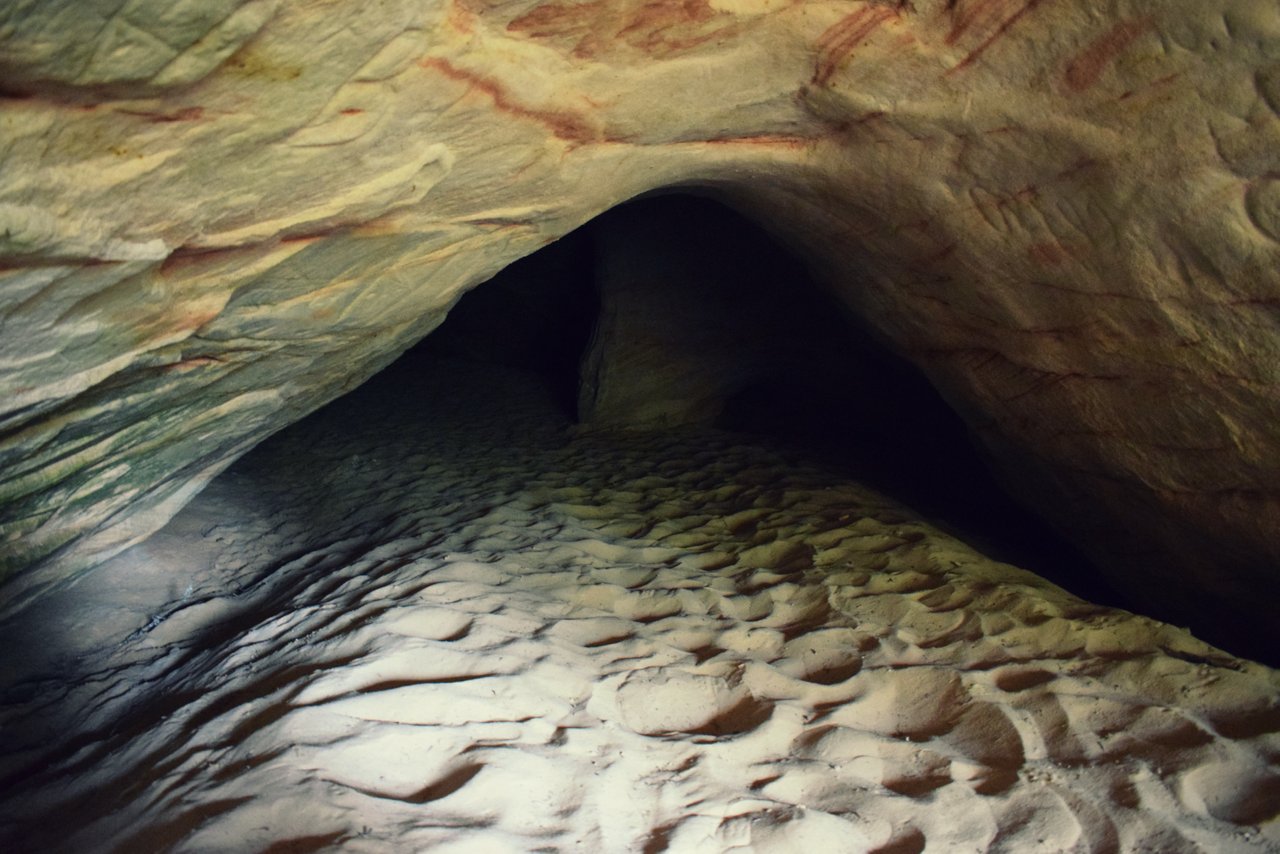
Kalējala or Blacksmith’s cave, Latvia
We also visited the Blacksmith’s cave. It is safe to go inside the cave and sometimes if you visit at the right time, little wing rats are hanging from the ceiling. No bats this time though as they all are migrating and feeding for the winter. There were plenty of moths instead to keep us company. Somehow caves are a bit scary to me as I always keep imagining them collapsing. So I can never be in there for too long. Maybe I am a bit claustrophobic too.
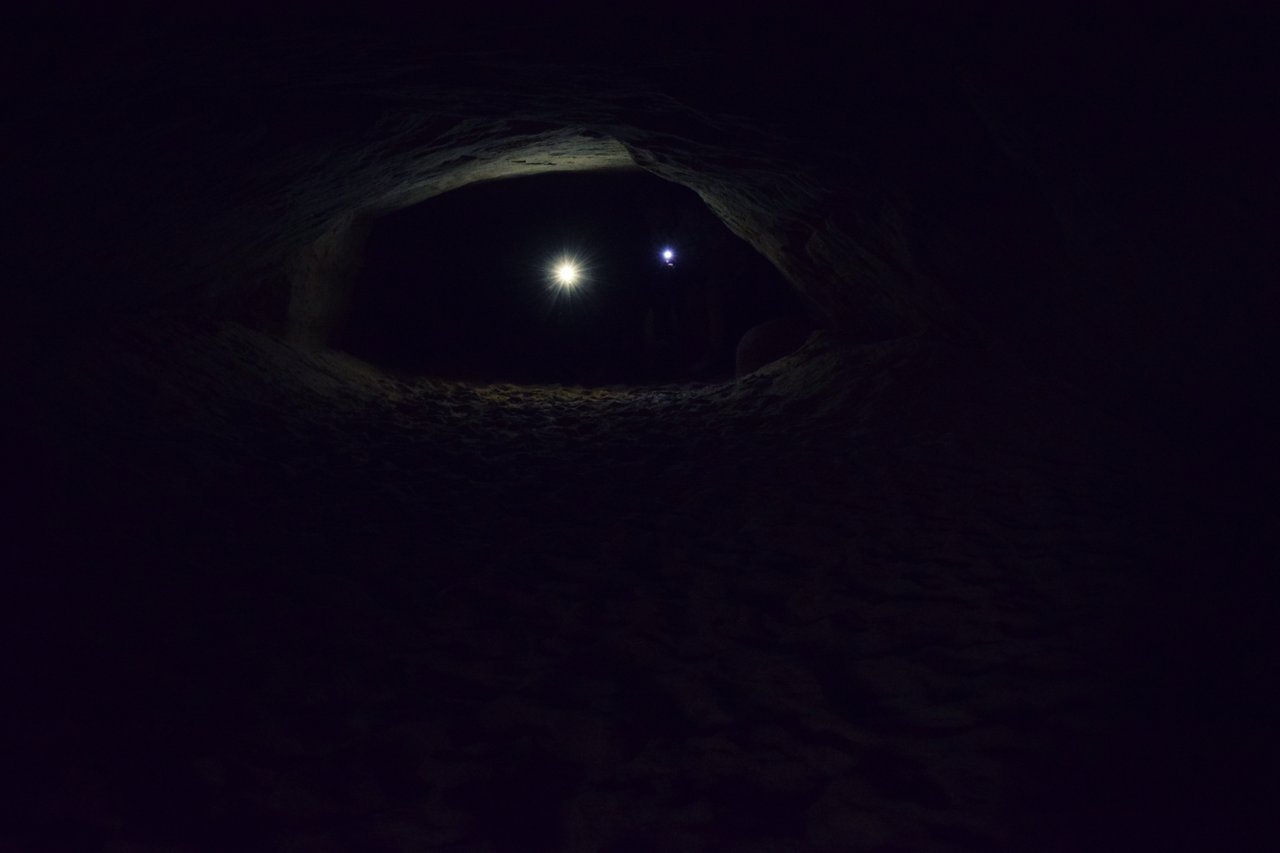
That’s it this time! Thank you for sticking around and hope you enjoyed what I managed to capture!
Sources: Sietiniezis Rock; Devil’s Cave
Song of the day: Massive Attack - Group Four
Until then I did a bit of local exploration together with friends. On the right bank of the scenic river Gauja sits the white sandstone outcrops called Sietiņiezis. One of the biggest in Latvia and the Baltics reaching up to fifteen meters high. Last time I visited the place I was still a kid and I have almost no recollection from that time. Strange how our memories fade after a while. In my mind, I imagined them a lot less significant in size.
Sandstone can be affected by temperature and water fluctuations. Sietiņiezis has changed a lot over time. One of the most recognizable sandstone arches is now collapsed. People are not much of a help either. Although it is forbidden to leave any markings on the sandstone, the whole surface seems to be riddled with them. Even at the highest, hardest to reach spots. Caveman instincts? Why is it so important for us to scratch those I was here messages? Because we are so important in the grand scheme of things? Silly. Even those markings will be swept away by time.

In Latvian folklore, the devil is playing one of the central roles. In many folktales about how certain places came to be, it is due to the works of the devil. When people couldn’t explain the strangeness in nature, they were looking for some supernatural explanations. Sietiņiezis and Devil’s cave was home of the devil himself. One of the sandstone pillars is also named Devil’s heel. That is where the devil jumped across the river Gauja and went on doing his devilish deeds. Except sometimes it didn’t work out because of the roosters. Our devil somehow is always scared of the rooster singing. It is also one of the reasons why many churches in Latvia have metal roosters on top of towers. To keep the devil away.








You can find mud dogs anywhere by water. The mud dogs need to find an object to dig around. This fine specimen has chosen a piece of wood as the central focus. You might think she will hide the piece of wood in the ground as some dogs do with bones. Wrong! Mud dogs love the cooling effect of the ground so they just sleep the hole they have dug happily like this one while sharpening its teeth on the wood.


We also visited the Blacksmith’s cave. It is safe to go inside the cave and sometimes if you visit at the right time, little wing rats are hanging from the ceiling. No bats this time though as they all are migrating and feeding for the winter. There were plenty of moths instead to keep us company. Somehow caves are a bit scary to me as I always keep imagining them collapsing. So I can never be in there for too long. Maybe I am a bit claustrophobic too.

Sources: Sietiniezis Rock; Devil’s Cave
Song of the day: Massive Attack - Group Four
